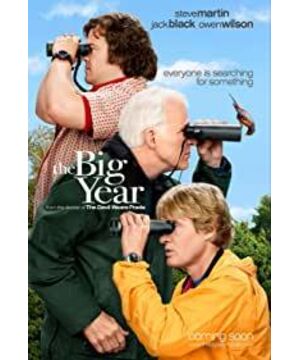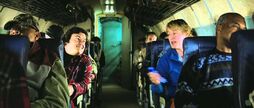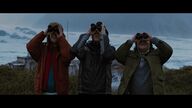Translator: Sunman
Welcome to the wonderful world of birding!
Whether you just like bird watching in your backyard, or you are already planning to travel around the world to observe more than 10,000 different species of birds, I suggest you first take a look at these 10 tips , I believe it will help you a little bit.
Tip #1:
You need a bird book of observation sites. An excellent bird illustration book can help you accurately identify and understand the birds you observe. The most famous bird book in the United States is undoubtedly
Tip # 2:
You need a pair of binoculars to observe birds. When you start bird watching, you will find an iron fact right away. The best birdwatchers must have the best telescopes-even those who can tell the bird is 100 yards away through the fuzzy outline. The same is true for any type of veteran. If a novice uses a low-end telescope, it is difficult to accurately distinguish what kind of bird he is observing. Therefore, for novices, it is imperative to choose a pair of binoculars that suits them. Choosing a telescope is also a science. There is a world of difference between a telescope worth $59 and a telescope worth $900. At this time, I suggest you visit here: http://www.birding.com/beginning_birding.asp to see the binoculars we recommend to you, I believe it will be helpful to you.
Tip #3:
You need to understand where you have the most chance to see which bird. "The most likely thing I saw in this wood is the North American black woodpecker rather than the ivory-beaked woodpecker"-an accurate and detailed list will tell you this practical information. The list of local bird habitats can be found in many states and national parks in the United States. Of course, you can also search through Birding.com. Our website has the most detailed bird watching list in the United States, Canada, and even the world. I also hope that this bird watching list can help you quickly locate bird watching hot spots near you. (I checked and found that most of the countries and even some links in the United States are no longer valid)
Tip #4:
You must be able to find the birds that you want to watch. To do this, you have to learn the different habits and preferences of different birds. For example, which birds like to be on the top of the tree? And which birds like to be on the flat ground or on the lake? These are all you have to work hard to understand. Another point is that you have to be familiar with the calls of birds. In many cases, you will hear the birds first before you can find them. At first, you can observe and listen to nearby birds in your backyard to learn this knowledge. As your experience and knowledge grow, you can consider learning from other regions. Of course, you can also learn through birding.com, the information here is very rich.
Tip #5:
Join an organization that a bird watcher belongs to. Bird watchers are a very friendly and helpful group. They are very willing to share their knowledge about birds. Each of us used to be a beginner, you can join the local birdwatcher association or birdwatching club to help your knowledge and experience get a rapid improvement. If the above attempts fail, you can take your binoculars to the nearby park. Perhaps you will meet some like-minded people who share your interests. Through bold exchanges, he may introduce you to his bird friends.
Tip #6:
Try a bird watching trip. You can find an advertisement for this kind of travel call in the local newspaper. (China should not have it) These bird watching trips are often led by rangers from local parks or members of local bird watching associations. In addition, you can call the local warning phone for rare birds, (it shouldn't be there in China) through which you can know where and what kind of rare birds have appeared. This kind of travel lasts for one morning or most of the day, and is generally free. Of course, you can also join some professional itineraries with expert guidance. Although these full-time guides are charged, they are definitely worth the money. This kind of travel can take you all over the world to observe birds. When you are bird watching, be sure to wear neutral colors, except white.
Tip #7:
Read more books about birds. There are many excellent magazines about birds and birdwatching on the market. For birdwatchers in North America,
Tip #8:
Attract those birds to "visit" you. You can attract birds to your backyard with only a few small preparations. For example, you can plant some suitable flowers to attract hummingbirds; sunflower seeds can bring many new species of birds to you. Home foraging. If you want to build a bluebird's nest, you can learn about the National Wildlife Federation's "Backyard Habitat" program. At the same time, you can also get the information you need from the [Backyard Birding] ( http://www.birding.com/backyardbirding.asp ) section of our website .
Tip #9:
Record the birds you have observed. Whether it is as small as his own community or as large as his country, a true birdwatcher will keep a record of the birds he has observed in every detail. You can start in your own backyard and then expand to the town where you live or on the way to vacation. It is a good idea to use a web application to record. The website http://birdersdiary.com is our favorite, and you are welcome to log in.
Tip #10: The
most important point-take care of the birds around you. At the same time, I hope you have fun and don’t be ashamed to ask.
View more about The Big Year reviews











